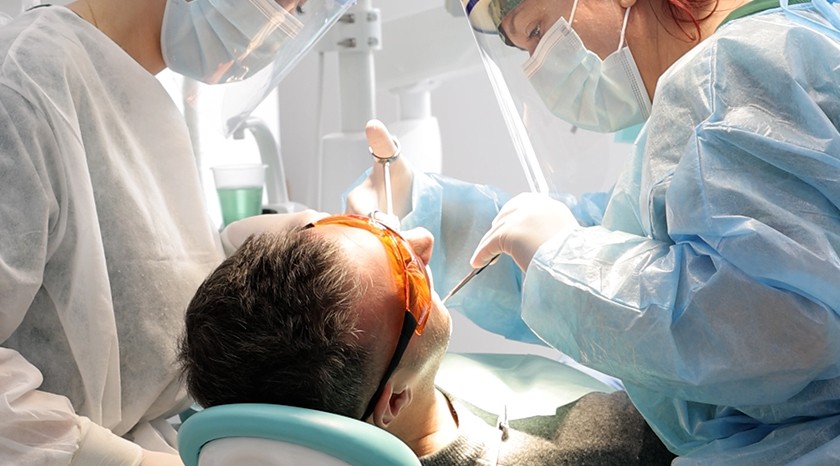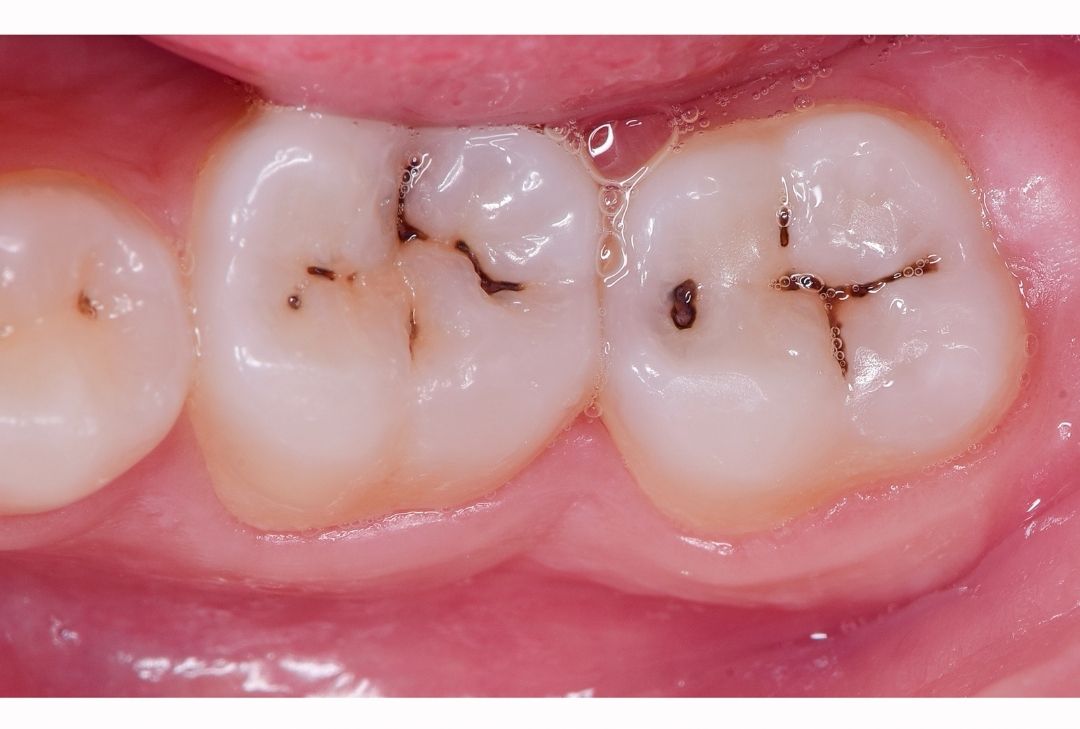Dental health is more than just having white teeth — it’s about function, strength, and long-term well-being. But teeth are exposed daily to decay, wear, trauma, and disease. Over time, this can lead to cavities, fractures, missing teeth, or infections.
This is where dental restorative services come in. They are the set of treatments designed to repair damaged teeth, replace missing ones, and restore the full function and natural appearance of your smile.
In this guide, we’ll cover:
-
What restorative dentistry is and why it matters
-
The full list of restorative procedures (from fillings to implants)
-
Benefits for health and quality of life
-
Cost considerations across different countries
-
How restorative services compare to cosmetic dentistry
-
When to seek restorative care
What Are Dental Restorative Services?
Dental restorative services are procedures provided by dentists that:
-
Repair teeth damaged by decay, trauma, or fractures.
-
Replace missing teeth to restore chewing, speaking, and aesthetics.
-
Protect remaining teeth and gums from further damage.
-
Preserve jawbone and bite alignment by preventing shifting and bone loss.
-
Improve oral health and confidence with natural-looking, durable restorations.
Types of Dental Restorative Services in Detail
1. Dental Fillings
-
Definition: Fillings restore teeth affected by small to medium cavities.
-
Process: The dentist removes decayed tissue, disinfects the cavity, and fills it with restorative material.
-
Materials Used: Composite resin (tooth-colored), amalgam (silver), ceramic, gold.
-
Lifespan: Composite lasts 5–10 years; gold can last 15–20 years.
-
When Used: For early-stage decay, small fractures, or tooth wear.
2. Crowns (Caps)
-
Definition: Crowns cover and protect a tooth that is weak, cracked, or heavily restored.
-
Materials: Porcelain, zirconia, porcelain-fused-to-metal, all-metal.
-
Process:
-
The tooth is reshaped.
-
An impression is taken.
-
A crown is custom-made in a lab or via CAD/CAM.
-
-
Benefits: Restores strength, function, and aesthetics.
-
Lifespan: 10–15 years or longer.
3. Bridges
-
Definition: Bridges replace one or more missing teeth using neighboring teeth or implants as anchors.
-
Types:
-
Traditional bridge (anchored by adjacent crowns).
-
Cantilever bridge (anchored on one side).
-
Implant-supported bridge.
-
-
Lifespan: 10–15 years.
-
Benefit: Prevents shifting of teeth, restores chewing ability.
4. Dentures
-
Definition: Removable prosthetics to replace multiple missing teeth.
-
Types:
-
Full dentures: Replace an entire arch.
-
Partial dentures: Replace several teeth.
-
Implant-supported dentures: Snap onto implants for stability.
-
-
Materials: Acrylic, flexible resin, or acrylic-metal combinations.
-
Lifespan: 5–10 years before replacement or adjustment.
-
Advantage: Cost-effective solution for extensive tooth loss.
5. Dental Implants
-
Definition: Titanium screws inserted into the jawbone that act as artificial roots for crowns, bridges, or dentures.
-
Process:
-
Implant placement.
-
Healing (osseointegration).
-
Abutment and final crown placement.
-
-
Success Rate: 95–98% when properly maintained.
-
Lifespan: 20+ years, often lifelong.
-
Why Popular: Natural look, prevents bone loss, most durable option.
6. Root Canal Therapy
-
Definition: A treatment to save a tooth with infected pulp.
-
Process:
-
Pulp removal.
-
Cleaning and sealing of canals.
-
Restoration with filling or crown.
-
-
Benefit: Preserves the natural tooth and eliminates infection.
-
Lifespan: Decades with a protective crown.
7. Inlays and Onlays
-
Definition: Lab-made restorations used when a cavity is too large for a filling but doesn’t require a crown.
-
Materials: Porcelain, composite, or gold.
-
Durability: 10–20 years.
-
Benefit: Stronger and longer-lasting than traditional fillings.
8. Full Mouth Rehabilitation
For patients with multiple missing or damaged teeth, a combination of implants, crowns, bridges, and dentures may be used to reconstruct the entire mouth. This is known as full mouth restoration or rehabilitation.
Benefits of Restorative Dental Services
-
Functional Recovery
-
Chewing efficiency restored.
-
Clearer speech.
-
-
Health Benefits
-
Prevents further decay or gum disease.
-
Avoids jawbone resorption caused by missing teeth.
-
-
Aesthetic Benefits
-
Natural-looking solutions restore confidence.
-
-
Long-Term Value
-
Durable materials make treatments cost-effective over time.
-
Restorative vs Cosmetic Dentistry
-
Restorative Dentistry: Focuses on health and function (fillings, implants, root canals).
-
Cosmetic Dentistry: Focuses on appearance (whitening, veneers, reshaping).
-
Overlap: Crowns and implants are both restorative and cosmetic, since they repair and improve aesthetics simultaneously.
Costs of Restorative Dentistry
Costs vary by country, clinic, and material choice. Here’s a comparison:
| Procedure | USA | UK | Germany | Italy | Albania (Dental Tourism) |
|---|---|---|---|---|---|
| Filling | $150–$300 | £100–£200 | €120–€250 | €80–€150 | €30–€60 |
| Crown | $800–$1,500 | £600–£900 | €700–€1,200 | €500–€800 | €250–€400 |
| Implant (single) | $3,000–$5,000 | £2,500–£3,000 | €2,000–€2,800 | €1,800–€2,500 | €500–€700 |
| Denture (full arch) | $1,500–$3,000 | £1,000–£1,800 | €1,200–€2,000 | €800–€1,500 | €400–€800 |
As shown, countries like Albania, Hungary, or Turkey offer 60–70% lower costs for the same quality care, making them leading destinations for restorative dental tourism.
When Should You Seek Restorative Care?
You may need restorative services if you:
-
Have persistent tooth pain or sensitivity.
-
Notice cavities or decay.
-
Have broken, cracked, or worn teeth.
-
Have missing teeth affecting function or aesthetics.
-
Struggle with chewing or speaking clearly.
-
Experience loose or failing old restorations.
Conclusion
So, what are dental restorative services? They are the essential treatments that rebuild, protect, and replace teeth, ensuring long-term oral health, natural function, and confident smiles.
From simple fillings to advanced implant-supported solutions, restorative dentistry is not just about fixing teeth — it’s about restoring quality of life.
If you are experiencing decay, tooth loss, or dental pain, don’t wait. A restorative dentist can create a personalized treatment plan that preserves your oral health and restores your smile for years to come.



















